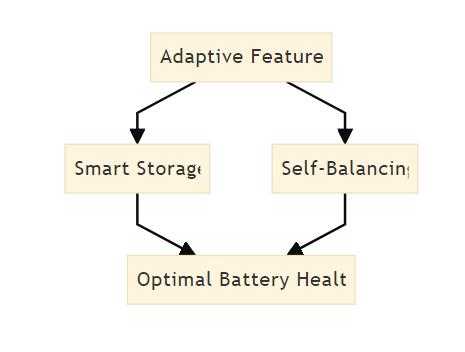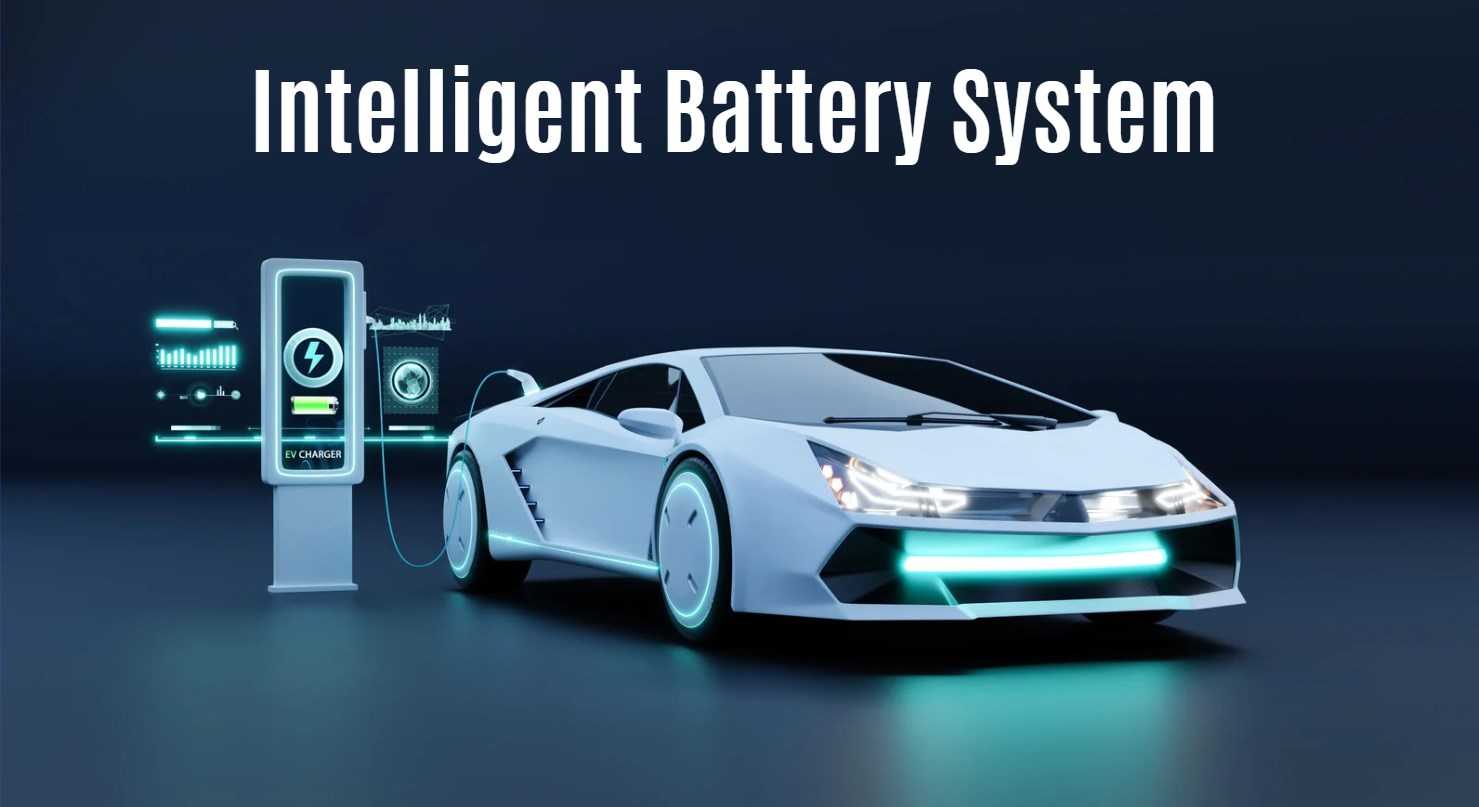In the realm of portable electronic devices, batteries play a crucial role in providing sustained power. However, traditional batteries often fall short in terms of efficiency and reliability compared to their smart counterparts. This comprehensive guide explores the innovative world of Smart Batteries, detailing their advanced features, benefits, and applications.
What are Smart Batteries?
Smart Batteries represent a significant evolution in battery technology, integrating Artificial Intelligence (AI) and sophisticated battery management systems (BMS). Unlike conventional batteries, Smart Batteries are equipped to monitor and regulate their own performance in real-time. This capability not only enhances efficiency but also ensures safety and prolongs battery lifespan.
Specifications and Features
Built-in Battery Management System
Central to Smart Batteries is their BMS, which oversees various critical functions such as:
- Charge Control: Smart Batteries intelligently manage charging cycles to optimize energy usage, preventing overcharging which can degrade battery life.
- Discharge Control: They regulate discharging to maintain optimal performance and protect against deep discharge that can harm the battery.
- Temperature Monitoring: Constant monitoring of battery temperature ensures safe operation under varying conditions.
Adaptive and Self-Balancing Capabilities
Smart Batteries are designed to adapt to usage patterns and environmental factors. They employ features like:
- Adaptive Charging: Adjusts charging rates based on the battery’s state and history to maximize lifespan.
- Self-Balancing: Equalizes voltage among cells in a battery pack, ensuring uniform performance and extending the overall life of the pack.

This diagram illustrates how adaptive features and self-balancing capabilities work together to maintain optimal battery health.
Real-Time Data and AI Integration
Smart Batteries can communicate real-time data to the user or connected devices, allowing for informed decisions on usage and charging. The integration of AI enables predictive analytics, which can forecast battery performance and lifespan based on usage patterns.
Benefits of Smart Batteries
- Enhanced Safety: With built-in safety features, smart batteries minimize the risk of overheating, overcharging, and other potential hazards.
- Improved Efficiency: By managing energy flow intelligently, smart batteries deliver better performance and longevity.
- Customizable Performance: Users can tailor battery performance to their specific needs through AI-driven adjustments.
- Longer Lifespan: Through careful management of charge and discharge cycles, smart batteries last longer than traditional batteries.
Applications
Smart Batteries are suitable for a wide range of applications where reliability, safety, and efficiency are paramount:
- Portable Electronics: Smartphones, laptops, and other devices benefit from the consistent power delivery and extended life of smart batteries.
- Electric Vehicles: Advanced BMS in smart batteries ensures stable performance and longer ranges for EVs.
- Renewable Energy Systems: Smart batteries optimize energy storage and distribution in solar and wind power systems.
- Industrial Equipment: Reliable power solutions for machinery and tools that demand high performance and safety.
Specifications for Smart Batteries
The battery, smart charger, and host device are all connected to each other to enhance the product’s functionality, security, and effectiveness. The Smart Battery must be charged only when needed, unlike conventional batteries that continue to draw power from the host system. Smart Batteries continually monitor their capacity, including battery temperature, charge rate, discharge rate, etc., to determine when they need to be charged, discharged or stored.
Self-balancing and adaptive features are typical of Smart Batteries. For instance, the Smart Battery may engage the smart storage feature and drain to the storage voltage as needed to protect the battery from performance impairment due to full charge storage.
Smart Batteries communicate with their users and host devices, allowing them to make well-informed decisions. Smart Batteries notify the user when they need to be charged, about to expire, or if they have sustained any damage, allowing for the purchase of a new one. Smart Batteries can also notify the user when they need to be changed, avoiding the unpredictability that comes with outdated technology.
Intelligent Battery System
The Intelligent Battery System is a key feature of Smart Batteries that helps in their efficient operation. Every battery in a portable device is typically a “dumb” chemical power cell. The only foundation for battery metering, capacity estimates, and other power use decisions is the readings “taken” by the host device. These values are often based on the voltage that passes through the host device from the battery or, less precisely, on measurements made by a Coulomb Counter inside the host. They rely mostly on speculation.
With the Intelligent Battery System, however, the battery can accurately inform the host device how much power it has left, how fast it is charging, and how long it will last. It also monitors battery temperature, charge rate, discharge rate, etc. This information allows the host device to optimize the battery’s performance and prolong its lifespan.

Conclusion
Smart Batteries are revolutionizing the way we think about portable power solutions. With their advanced features and capabilities, they offer a future where power management is intelligent, efficient, and safe. As technology continues to advance, the role of smart batteries in our daily lives and across industries is set to expand, providing even greater benefits and capabilities.
For more insights into smart battery technology and to explore how they can enhance your devices’ performance, contact Redway Battery today. We are at the forefront of battery innovation, offering a range of smart battery solutions designed to meet the evolving needs of our customers.




